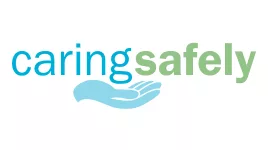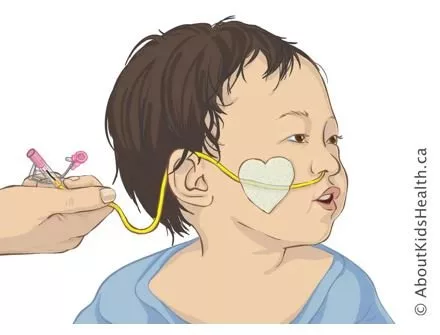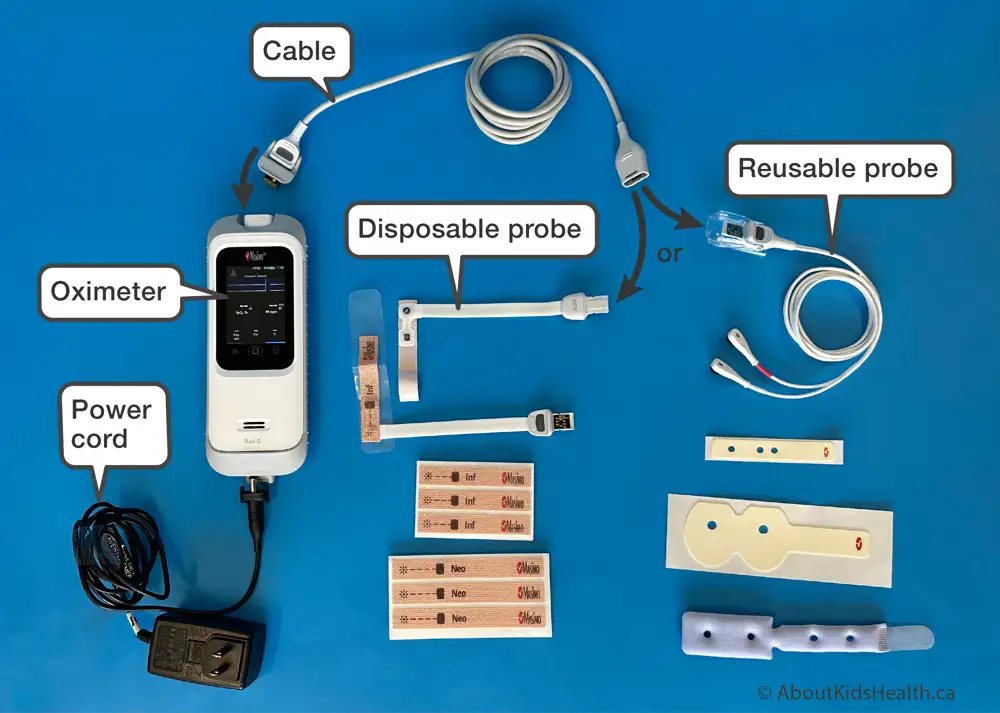SITUATION:
This QuickHit is informed by consults from home and community care providers about the use of an alternative method for IV medication administration in home and community care.

BACKGROUND:
Children with medical complexity may be discharged from hospital to home with ongoing care needs that include the administration of intravenous (IV) medications via central or peripheral venous access.
Typically, children use an electronic infusion device (i.e. a continuous ambulatory delivery device [CADD]) in home and community care but there may be times when an alternative device is used. An elastomeric pump is an alternative device that can be used in paediatric populations for IV medication administration. Different brands of these pumps may differ in appearance; however, the general principles of use are the same.
An elastomeric pump is filled with prescribed medication and uses pressure to deliver the medication intravenously. It does not require electricity or gravity flow for administration. When the tubing is connected to the intravenous catheter (i.e., central venous access device or peripherally inserted IV) and the clamp is open, the balloon will slowly push the medication into the vein at a pre-set rate.
Benefits of using an elastomeric pump include:
- They are portable.
- They allow the child to be disconnected from IV tubing in between medication doses.
- They do not require power cords, IV poles, or programming.
- They are single use and disposable.
Example of an elastomeric device and its parts

ASSESSMENT:
Confirm the child has a clear order for administration of the IV medication. Assess that the pump is labelled appropriately for the medication it contains, and it is stored at the appropriate temperature (i.e. room temperature or in the refrigerator).
In addition to the pre-filled pump with medication, check that these supplies are available when initiating the infusion:
- 2 normal saline flushes (for flushing pre and post infusion)
- 2 alcohol swabs
- For CVADs: prefilled heparin syringe OR heparin vial with 5 ml syringe and needle to lock the device once the medication has been administered.
RECOMMENDATION:
Connected Care recommends the following for the use of an elastomeric pump for IV medication administration:
- Allow the pump to reach room temperature before use. This may require removing the pump from the fridge, if medication requires refrigeration. Do not use any warming devices.
- Clean the child’s IV access port with an alcohol swab and friction for 15 seconds and allow it to dry for 15 seconds.
- Flush the IV access with a normal saline flush using turbulent flow to assess patency.
- Remove the cap on the tubing and attach it to the child’s IV access needless connector, maintaining aseptic non-touch technique.
- Position the pump at the same level or below the IV access device. Raising the pump above the level of the IV access can increase the flow rate.
- Open the clamp of the elastomeric pump tubing as well as the clamp on the child’s IV access. The infusion should begin to flow immediately.
- Avoid squeezing the balloon during the infusion. The infusion is complete when the balloon is deflated. The administration time will depend on the pre-set volume and rate.
- When the infusion is complete, close the clamp on the pump tubing and the child’s IV access and remove the tubing from the IV access.
- Perform routine CVAD or PIV line maintenance. (i.e. saline flush or heparin lock as per the child’s orders) if not in use between medications.
- Dispose of the pump based on agency policy. Do not reuse the pump.

Considerations and Contraindications
- Do not use the pump if the balloon is broken, there is any sign of leakage, or if the pump becomes accidentally disconnected from the IV access.
- The rate of infusion is affected by temperature or viscosity of medication, level of pump and volume/pressure in the balloon. An infusion typically takes <30 minutes.
- Pumps are kept in a carrying case or pocket during the infusion and tubing is worn outside of the child’s clothing to prevent kinking fo tubing or disruption in flow.
- Pumps are not to be submerged in water. If showring or bathing is required and the pump cannot be disconnected, ensure the pump is away from water.
Additional Resources
Special acknowledgements to Care Partners, Calea Pharmacy, & Hamilton Niagara Haldimand Brant HCCSS for collaborating in development of this QuickHit.







